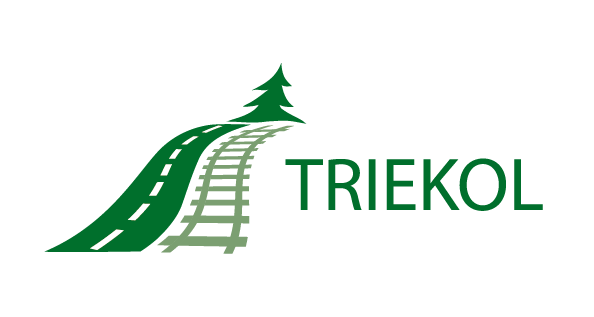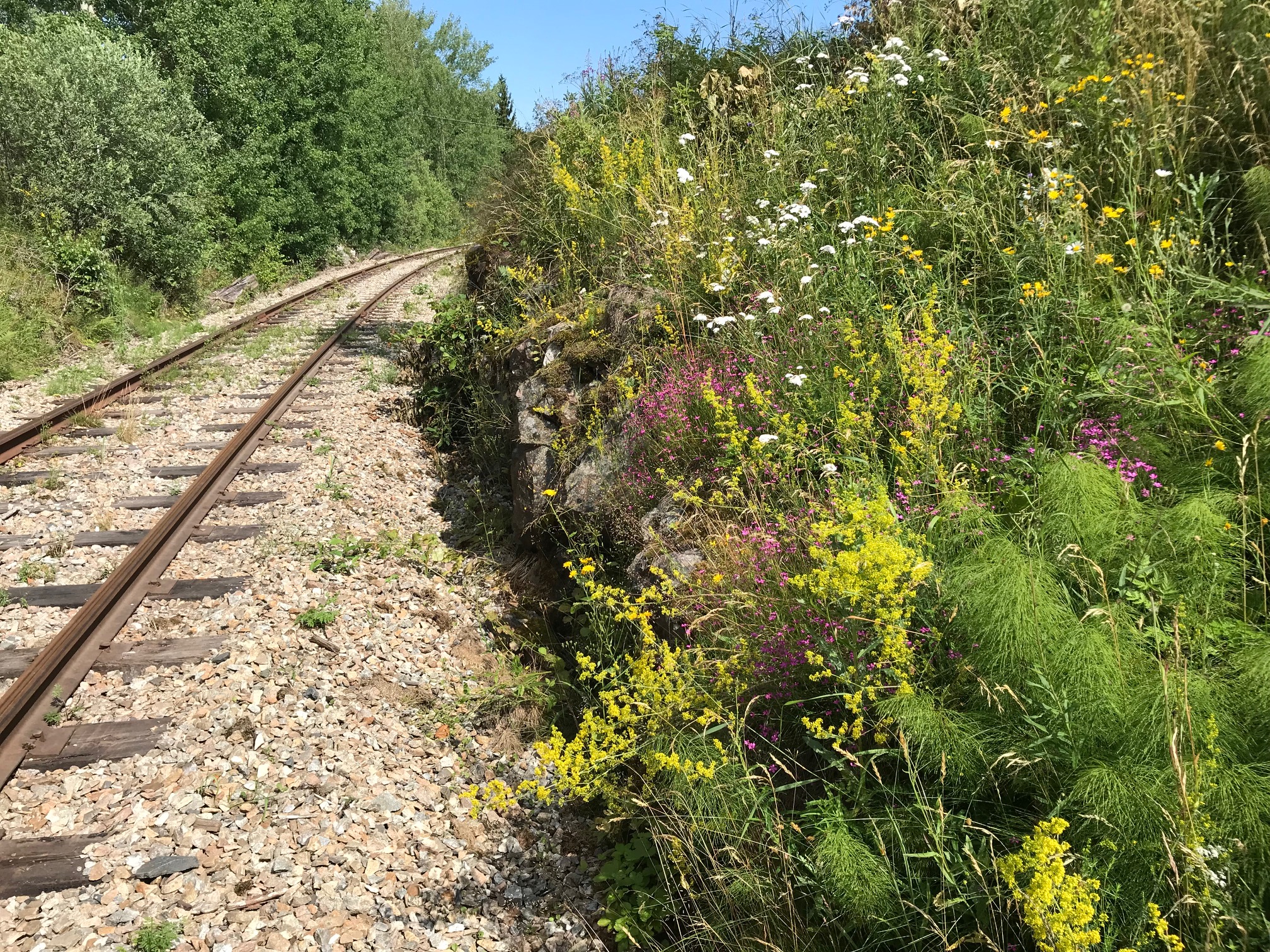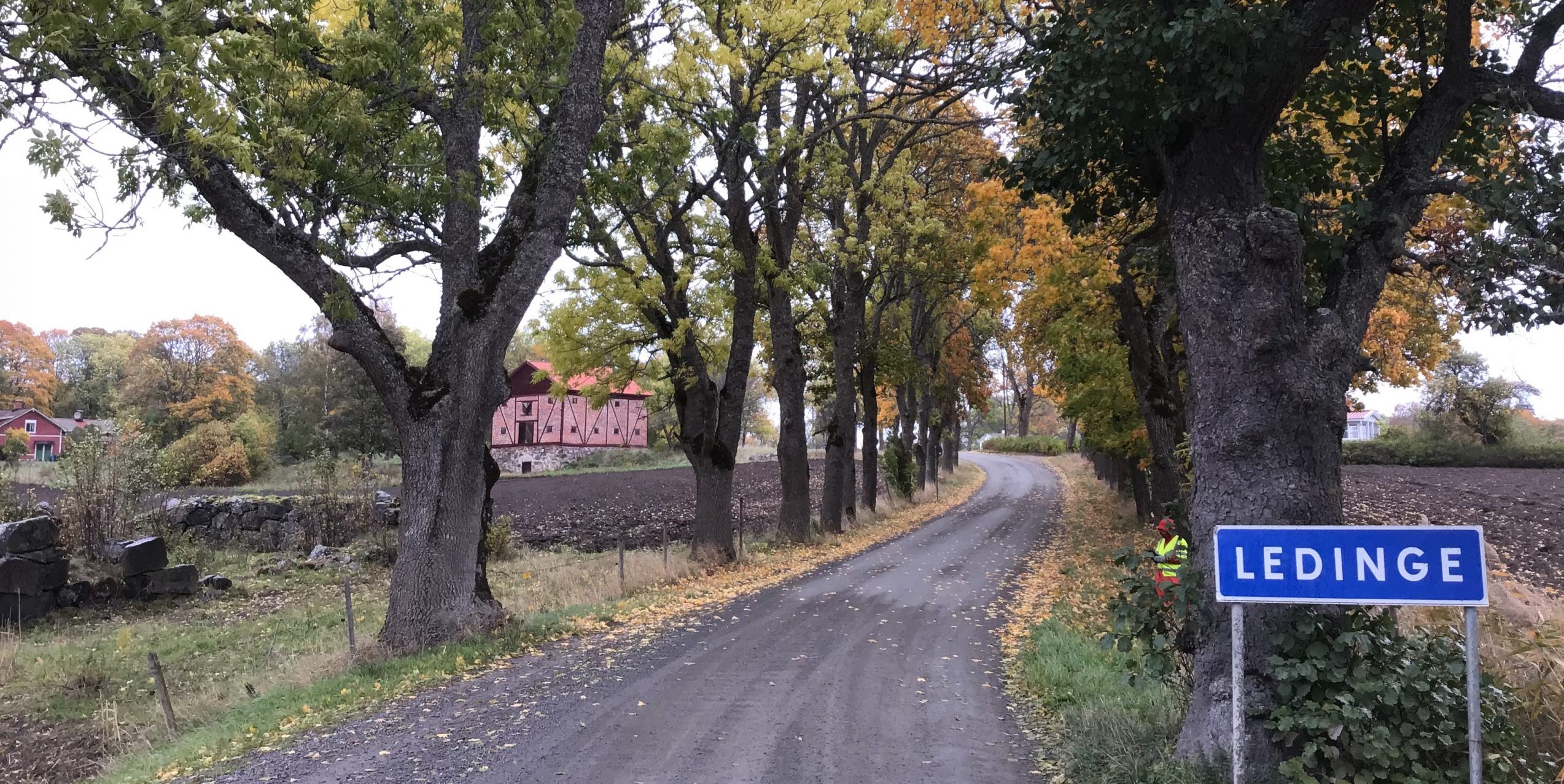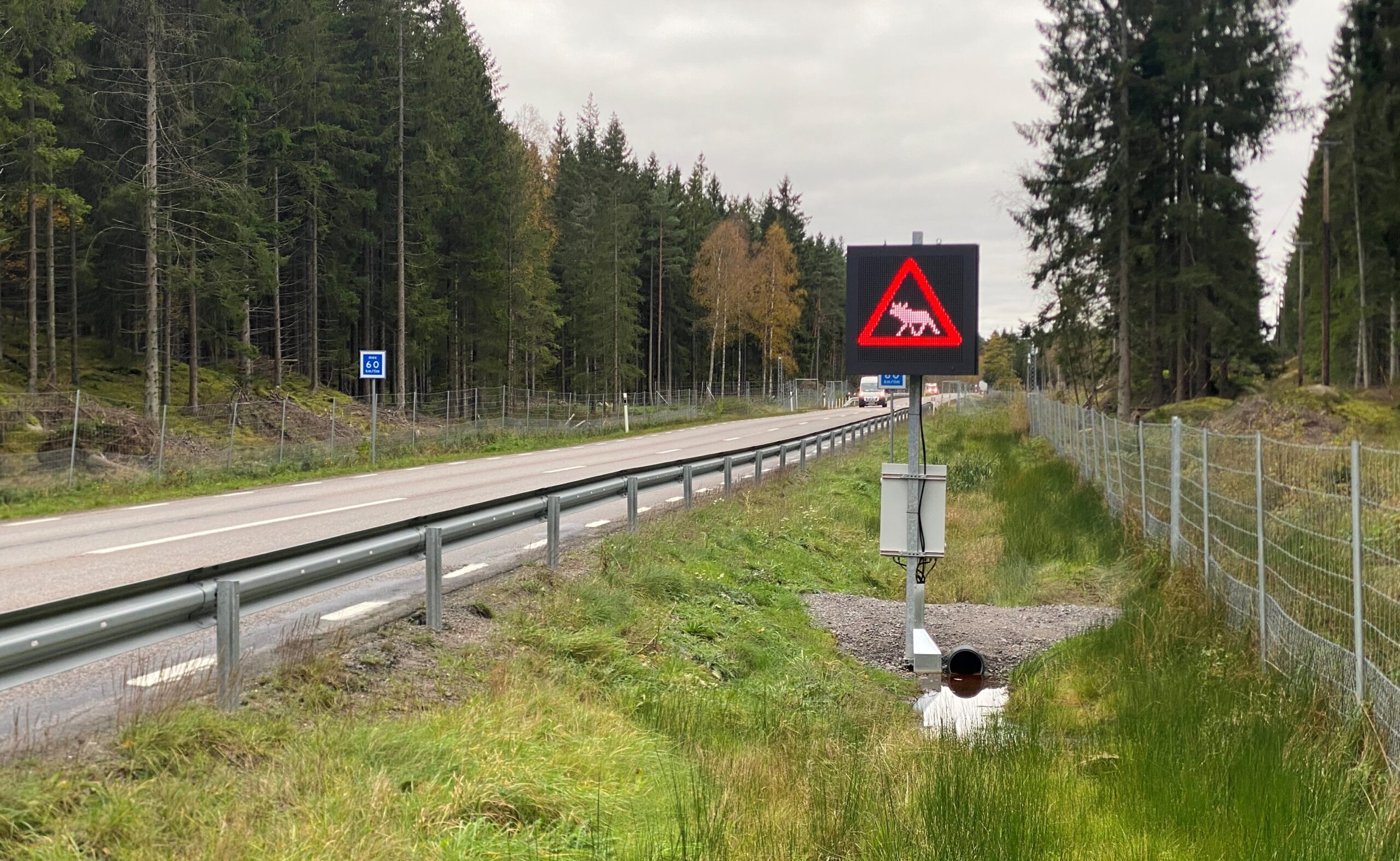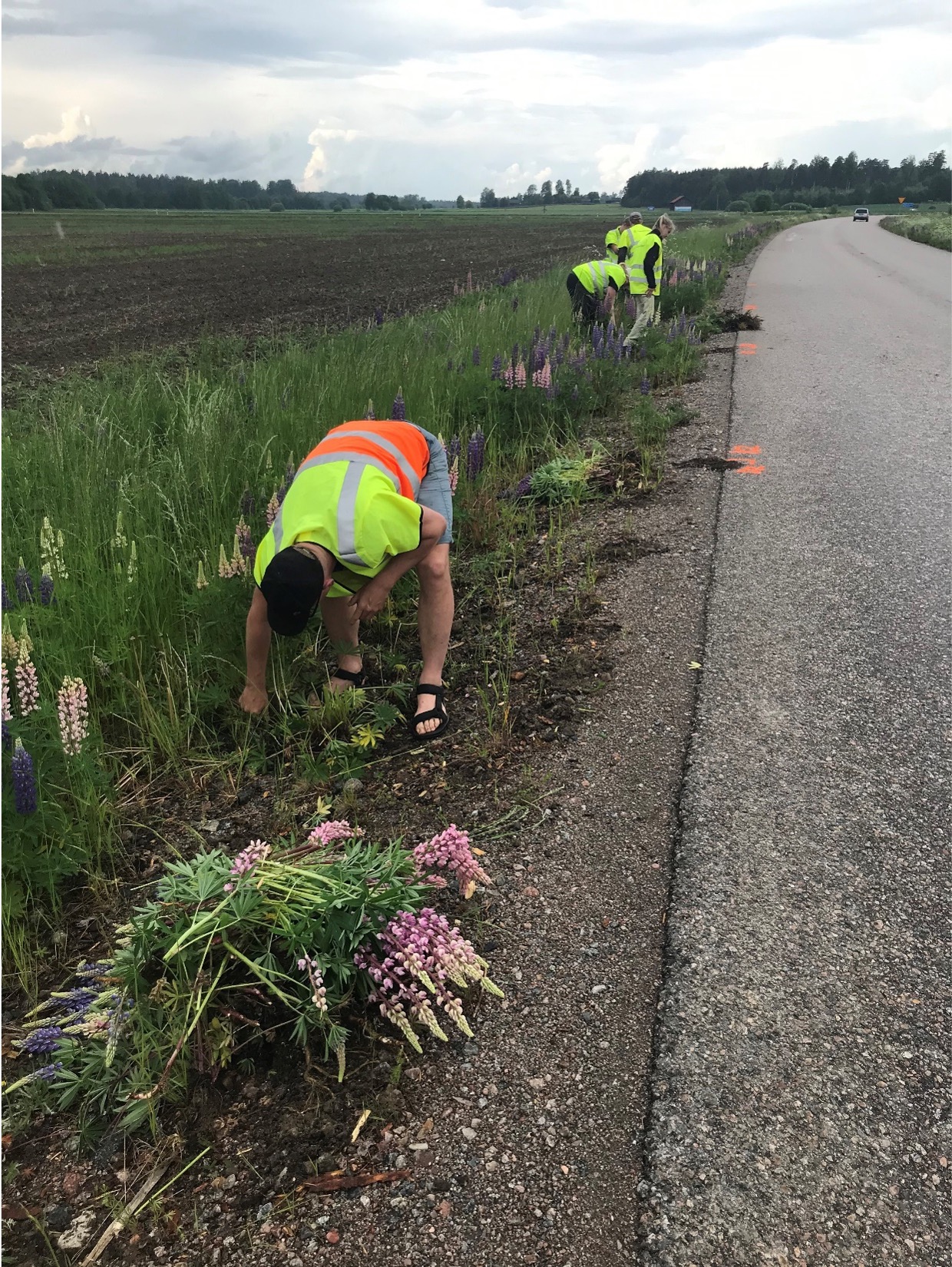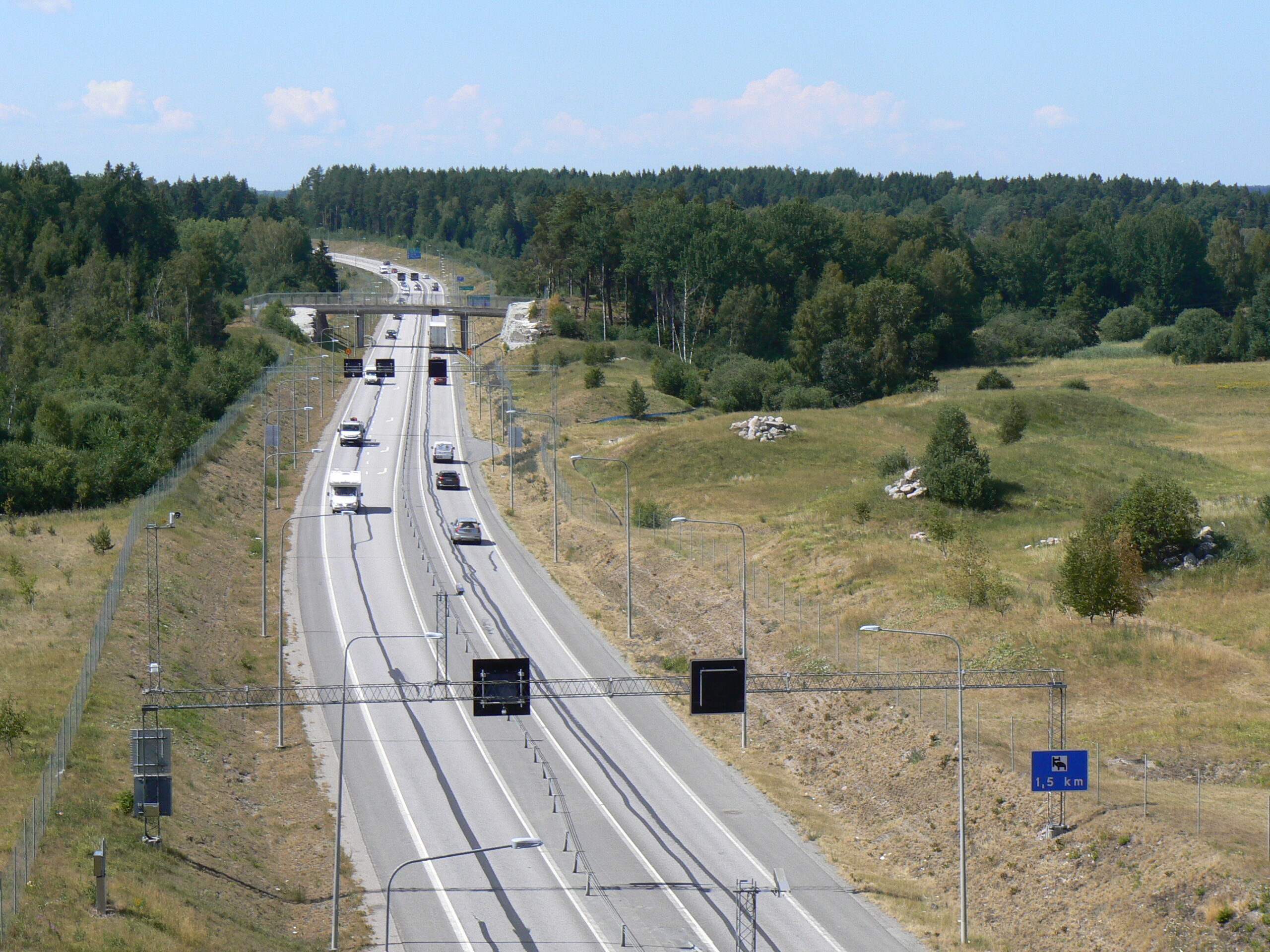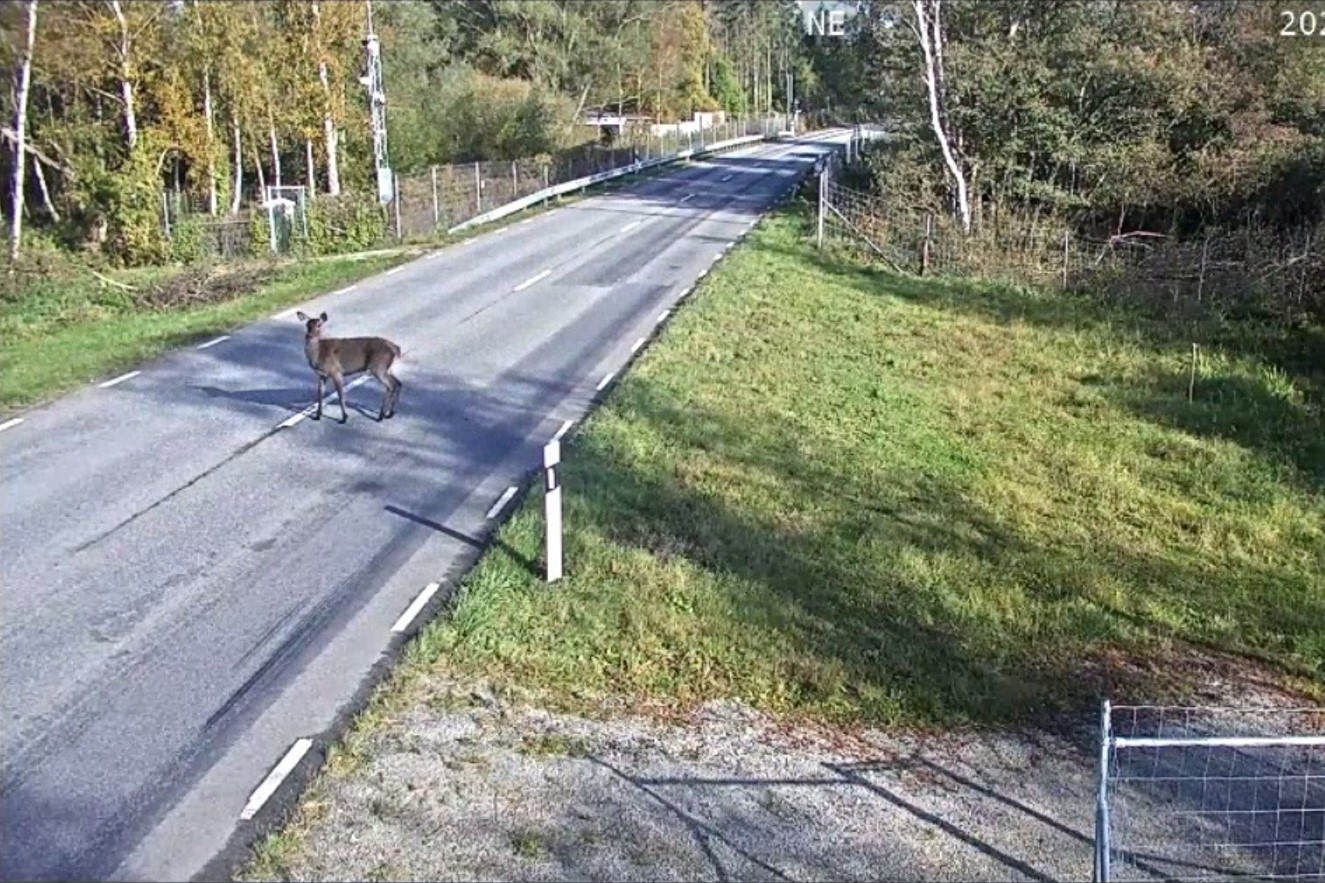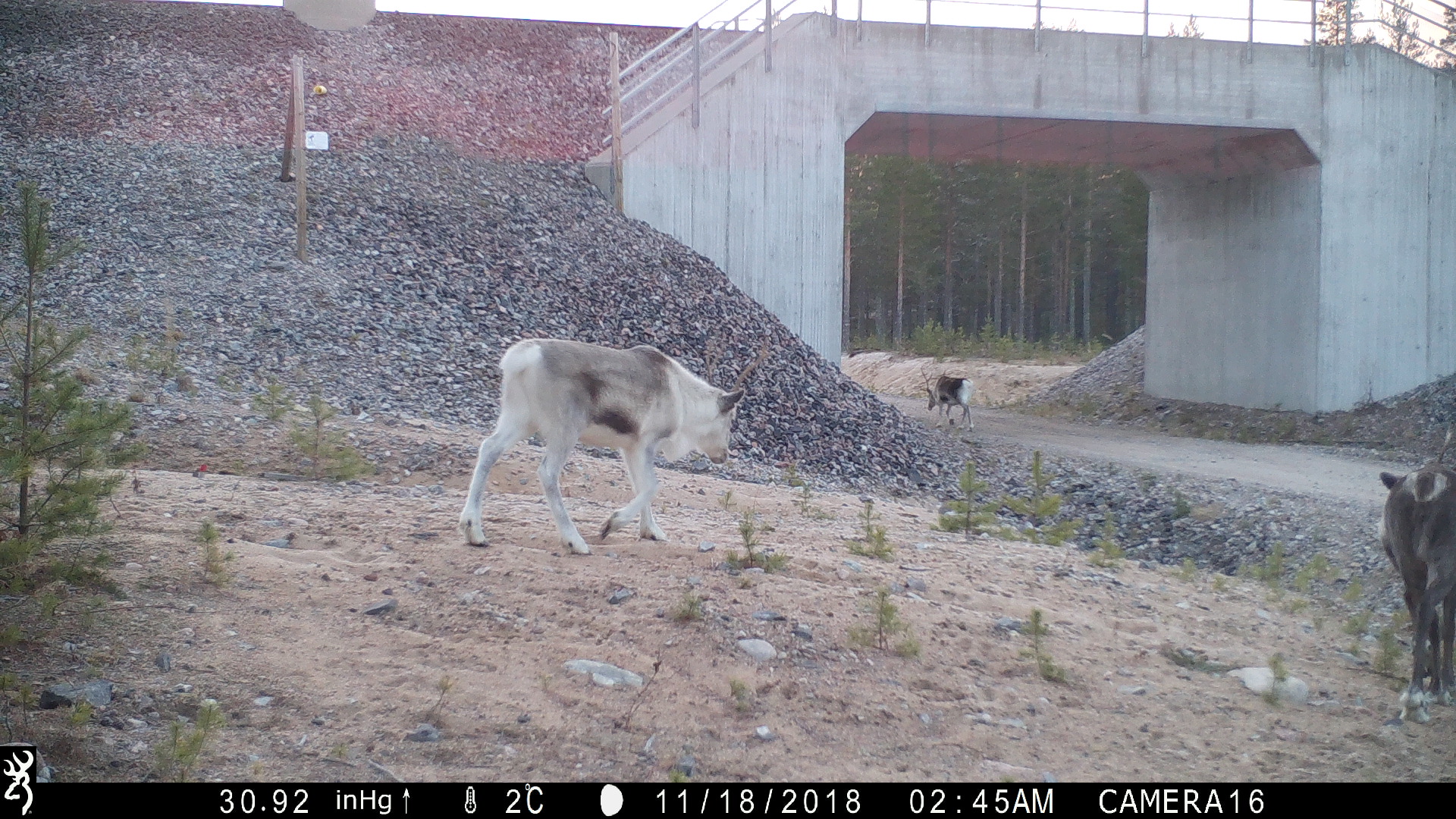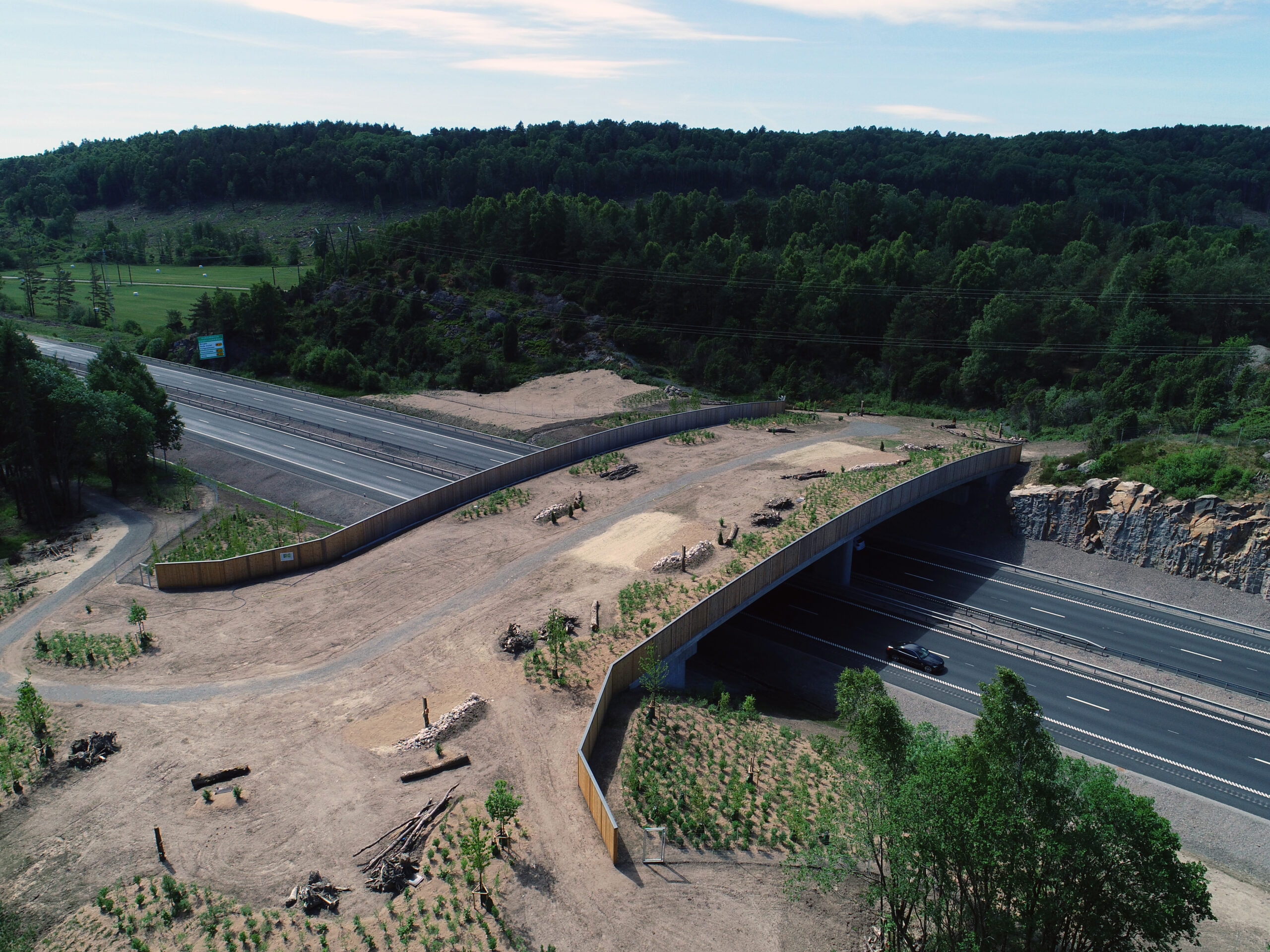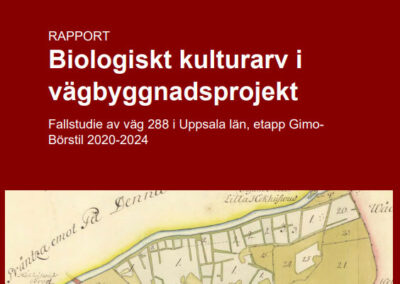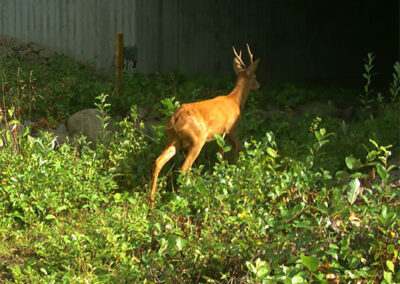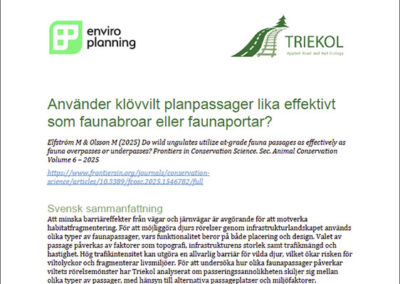TRIEKOL – Applied Road and Rail Ecology
Vad är TRIEKOL?
TRIEKOL är Trafikverkets forskningsprogram om transportinfrastrukturens inverkan på biologisk mångfald och landskapsekologi.
Målet med forskningen är att ta fram metoder och kunskap som transportsektorn behöver för att bibehålla, och om möjligt förbättra, ekologiska funktioner och kvalitéer i landskapet. Våra forskningsresultat används för utveckling av nya riktlinjer, planering av nya investeringsprojekt och vid utveckling av drift och underhåll av befintliga vägar och järnvägar.
Våra olika forskningsprojekt kan delas in i sju kategorier – klicka på det forskningsområde nedan som du är intresserad av att veta mer om.
Våra forskningsområden
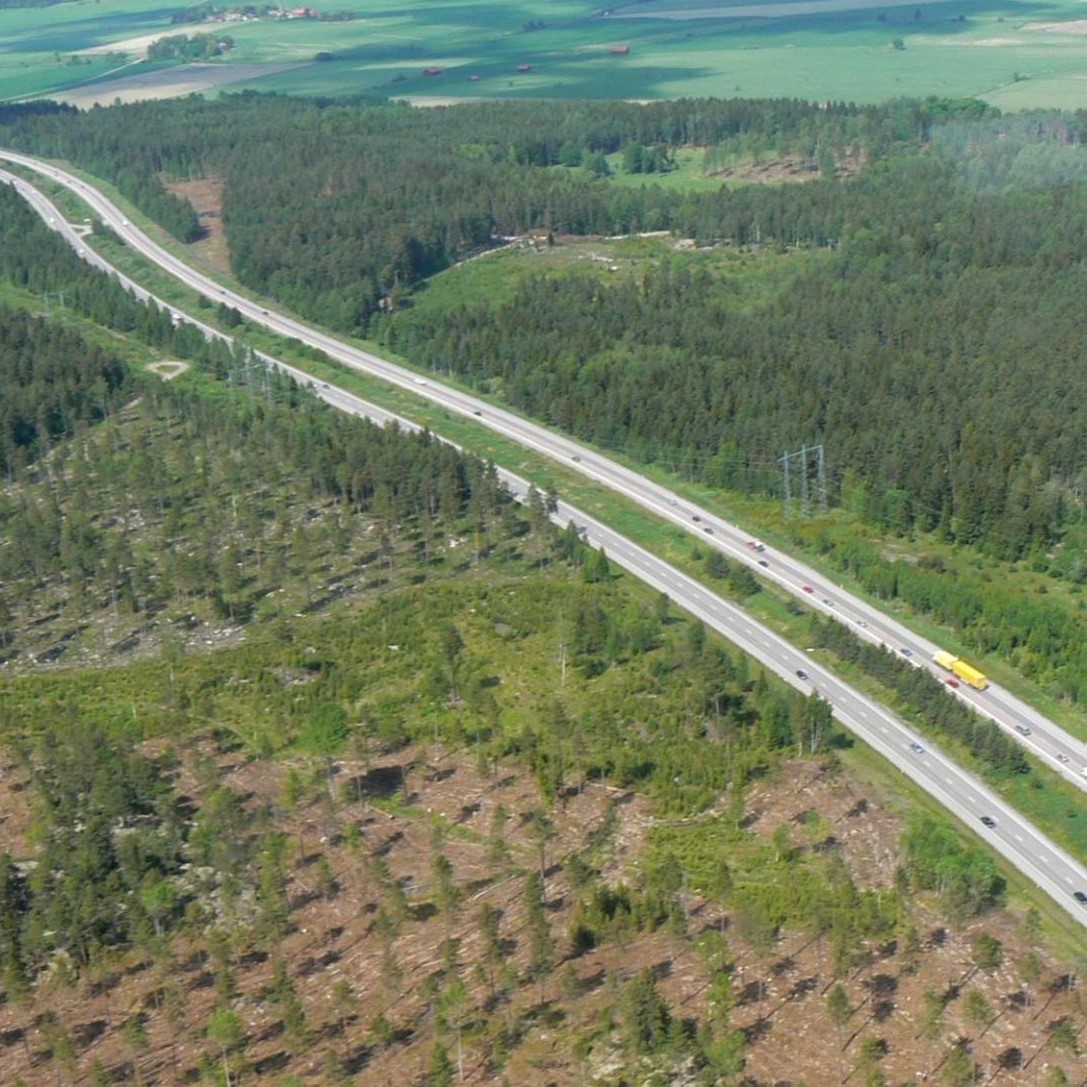
Barriäreffekter
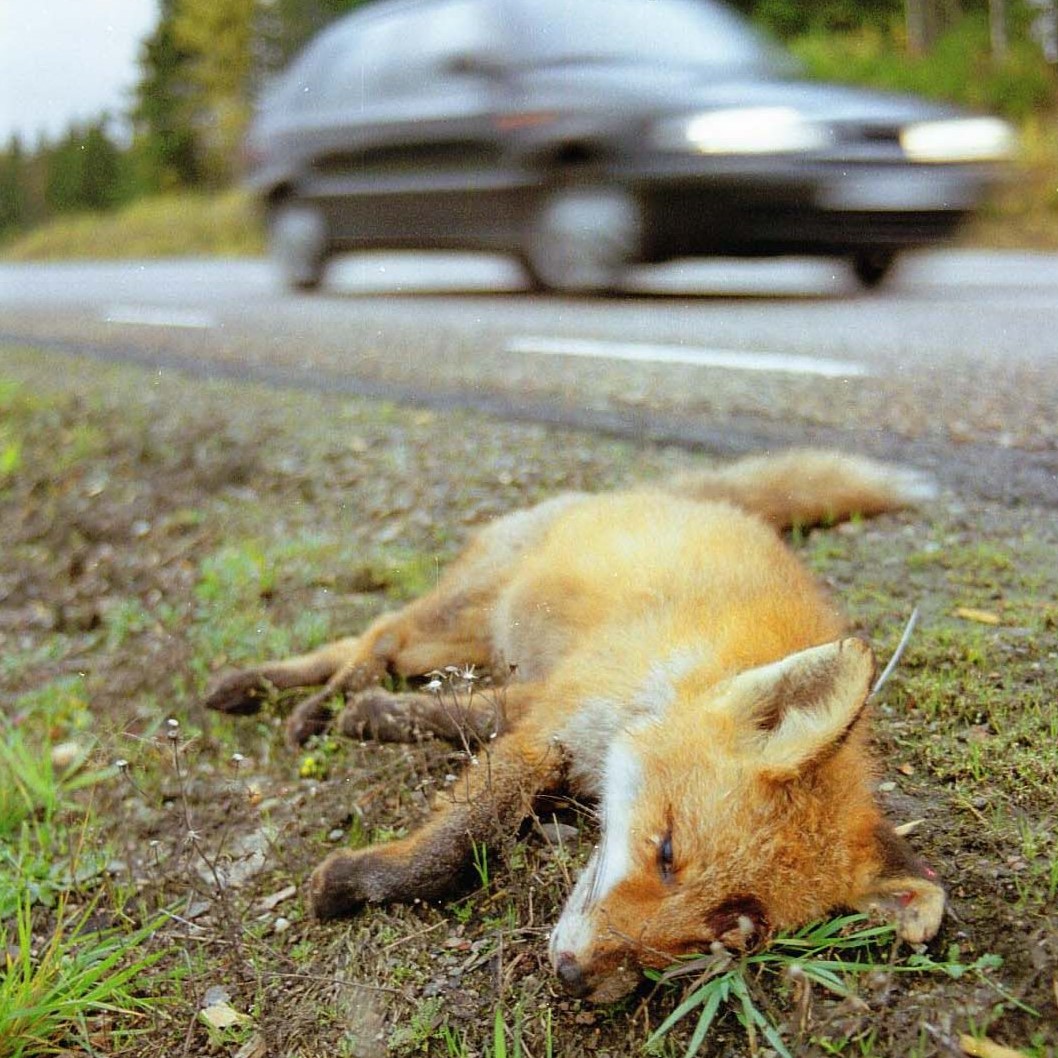
Trafikdöd
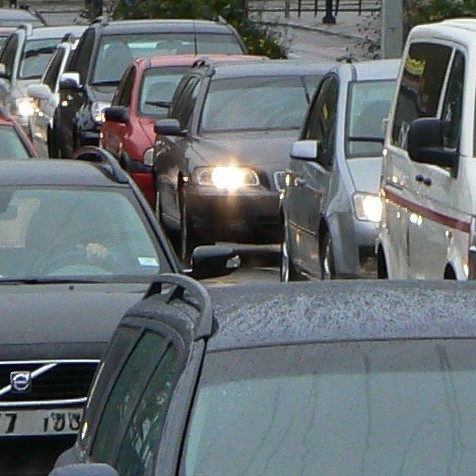
Störning
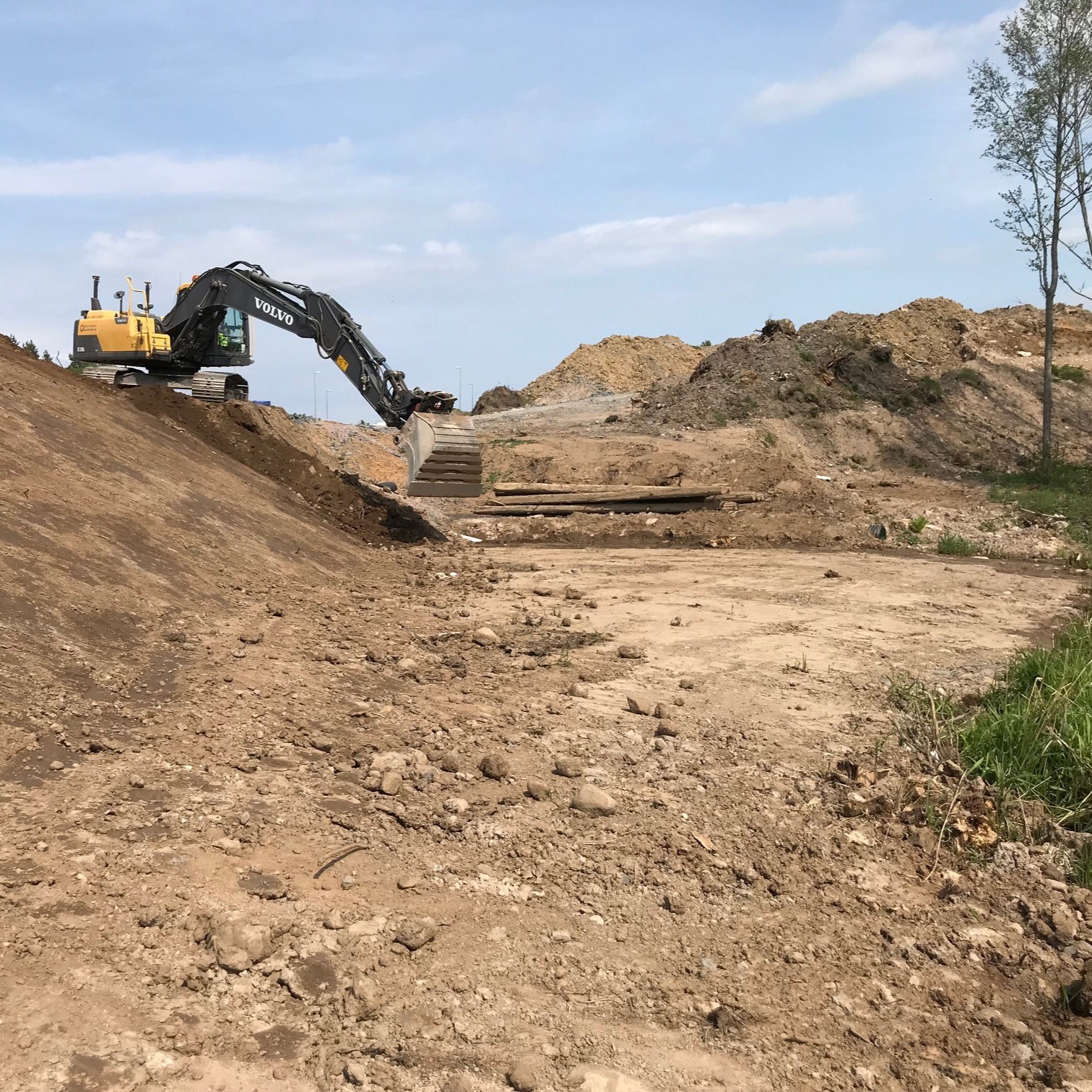
Biotopförlust

Nya naturvärden
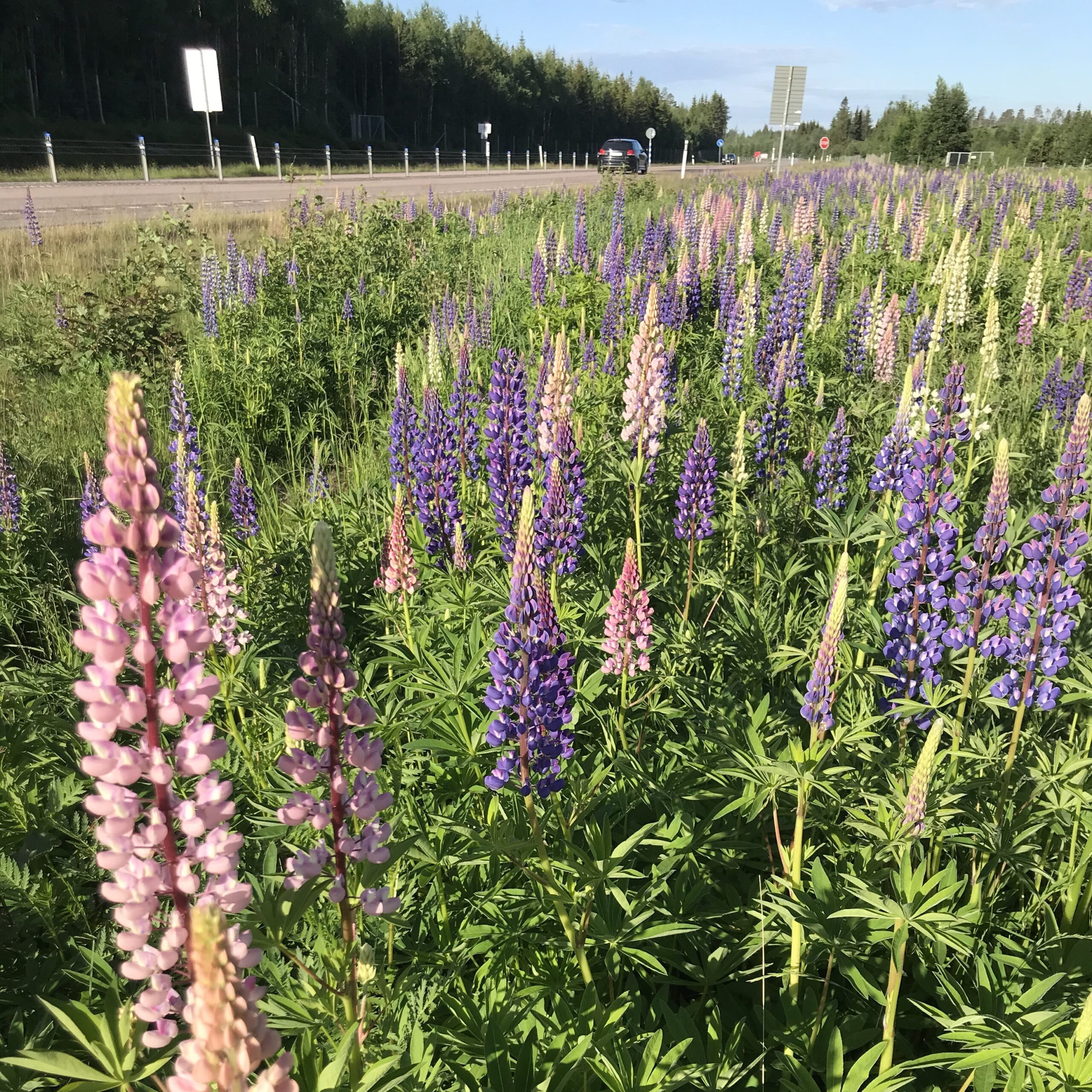
Invasiva arter
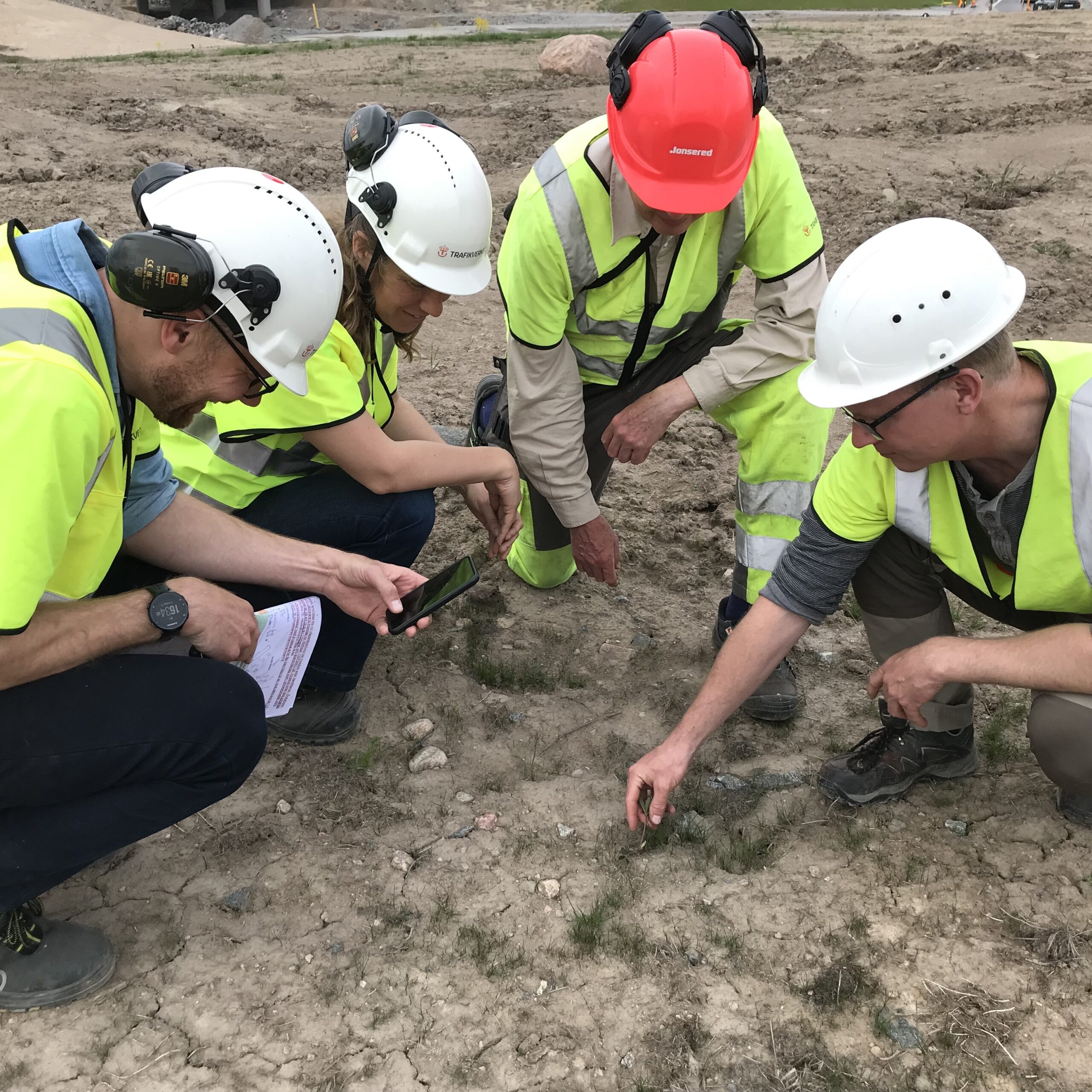
Planering och policy
Nyheter från TRIEKOL
TRIEKOL:s nyhetsbrev sprider kunskap och erfarenheter inom praktisk infrastrukturekologi. Prenumerera gärna på kommande nyhetsbrev eller ta del av de som redan har skickats ut.
Enskilda nyheter
Se våra publikationer och annan utåtriktad verksamhet
Kontakta oss
Vid frågor som rör TRIEKOL eller TRIIAS, vänligen kontakta TRIEKOL:s koordinatorer.
Teamet
Se vilka som ingår i vårt forskningsteam samt våra kontaktpersoner på Trafikverket.
Organisation
Läs mer om TRIEKOL och hur forskningsprogrammet har varit organiserat under de olika programperioderna.
